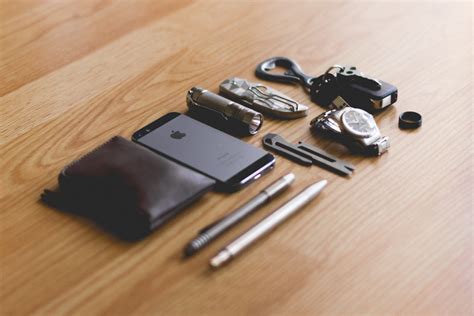Optimal running shoes for injury prevention & speed?
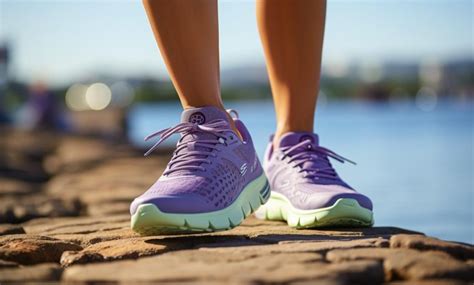
The Runner’s Dilemma: Cushioning vs. Responsiveness
For many runners, the quest for the perfect shoe often feels like a balancing act between two crucial, yet seemingly opposing, priorities: preventing injuries and maximizing speed. While some shoes excel in providing plush cushioning and robust support designed to mitigate impact and stabilize the foot, others strip down to the bare essentials, prioritizing lightweight construction and explosive energy return for blistering pace. But can one shoe truly deliver on both fronts?

Fortifying Against Injury: What to Look For
Injury prevention in running shoes primarily revolves around cushioning, support, and proper fit. Ample cushioning, often delivered through advanced foam technologies (like EVA, PEBA, or supercritical foams), helps absorb impact forces, reducing stress on joints and muscles. Stability features, such as medial posts, guide rails, or wider platforms, are crucial for runners who overpronate, helping to control excessive inward rolling of the foot. A secure, comfortable fit that prevents slippage or pinching is also paramount, as ill-fitting shoes can lead to blisters, black toenails, and gait issues that invite injury.
Consider shoes with moderate to high stack heights for consistent impact protection, especially for long distances or higher mileage. Look for models with a comfortable upper that hugs the foot without being restrictive, and ensure the shoe’s design aligns with your natural foot strike and biomechanics. Heel-to-toe drop is another factor; a lower drop can encourage a more midfoot strike, potentially reducing heel impact, while a higher drop might offer more cushioning for heel strikers.
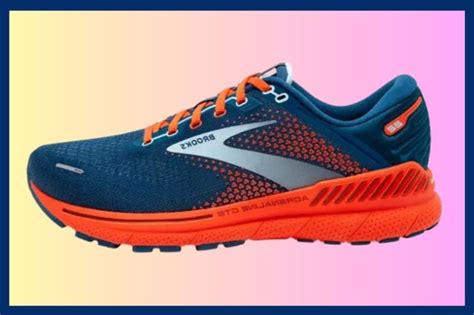
Unlocking Speed: The Elements of a Fast Shoe
When speed is the objective, running shoes tend to prioritize lightness, responsiveness, and energy return. Lightweight materials in the upper and midsole reduce the overall mass of the shoe, making it easier to lift and propel the foot forward. Responsiveness comes from midsole foams that quickly spring back into shape after compression, providing a lively feel and aiding propulsion. Modern speed-focused shoes often incorporate stiff plates, commonly carbon fiber, embedded within the midsole. These plates work in conjunction with highly resilient foams to create a lever effect, stiffening the forefoot for a more efficient toe-off and returning a significant percentage of the energy put into each stride.
Aggressive rocker geometries also play a role, promoting a smooth, fast transition from foot strike to toe-off. While maximal cushioning might seem counterintuitive for speed, the new generation of “super shoes” has shown that a high stack of very lightweight, bouncy foam paired with a carbon plate can offer both significant energy return and a surprising amount of impact protection.
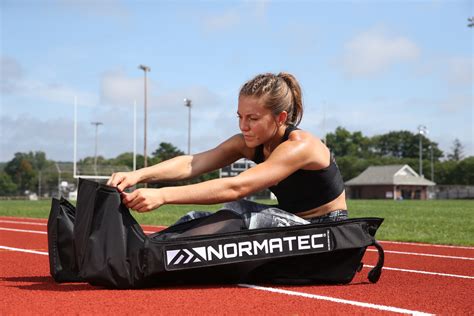
The Sweet Spot: Blending Protection and Pace
The “optimal” shoe for both injury prevention and speed often resides in a carefully engineered blend of these features. Manufacturers are constantly innovating to create foams that are both highly cushioned and incredibly responsive, along with designs that offer stability without excess weight. Carbon-plated shoes, while primarily associated with speed, can sometimes offer a surprising degree of cushioning due to their thick, energetic midsoles, which may indirectly contribute to injury prevention by reducing muscle fatigue over long distances.
For many runners, a daily trainer that offers a balanced amount of cushioning and responsiveness is the sweet spot. These shoes might not be as plush as a dedicated recovery shoe or as aggressively fast as a race-day flat, but they provide enough protection for daily mileage while still feeling nimble enough for tempo runs or lighter speed work. Look for models with moderate cushioning, a stable platform, and a responsive feel that encourages a natural, efficient stride.
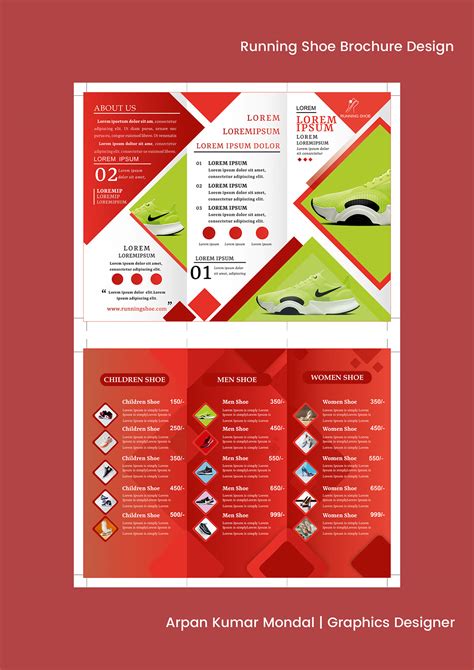
Finding Your Personal Best: The Importance of Fit and Gait
Ultimately, the “optimal” running shoe is highly individual. What works wonders for one runner might cause issues for another. Factors such as your foot strike pattern (heel, midfoot, forefoot), pronation level (neutral, overpronator, supinator), arch height, body weight, and typical running distances all play a critical role. The best approach is to visit a specialized running shoe store where experts can analyze your gait and recommend several options. Try on multiple pairs, run a few strides in each, and pay close attention to how they feel on your feet.
Don’t be swayed solely by hype or what others are wearing. Prioritize comfort above all else, as a comfortable shoe is one you’re more likely to run in consistently and without discomfort. Experiment with different brands and models until you find shoes that genuinely complement your unique running style, allowing you to train safely and efficiently, whether you’re chasing new personal bests or simply enjoying your miles.








